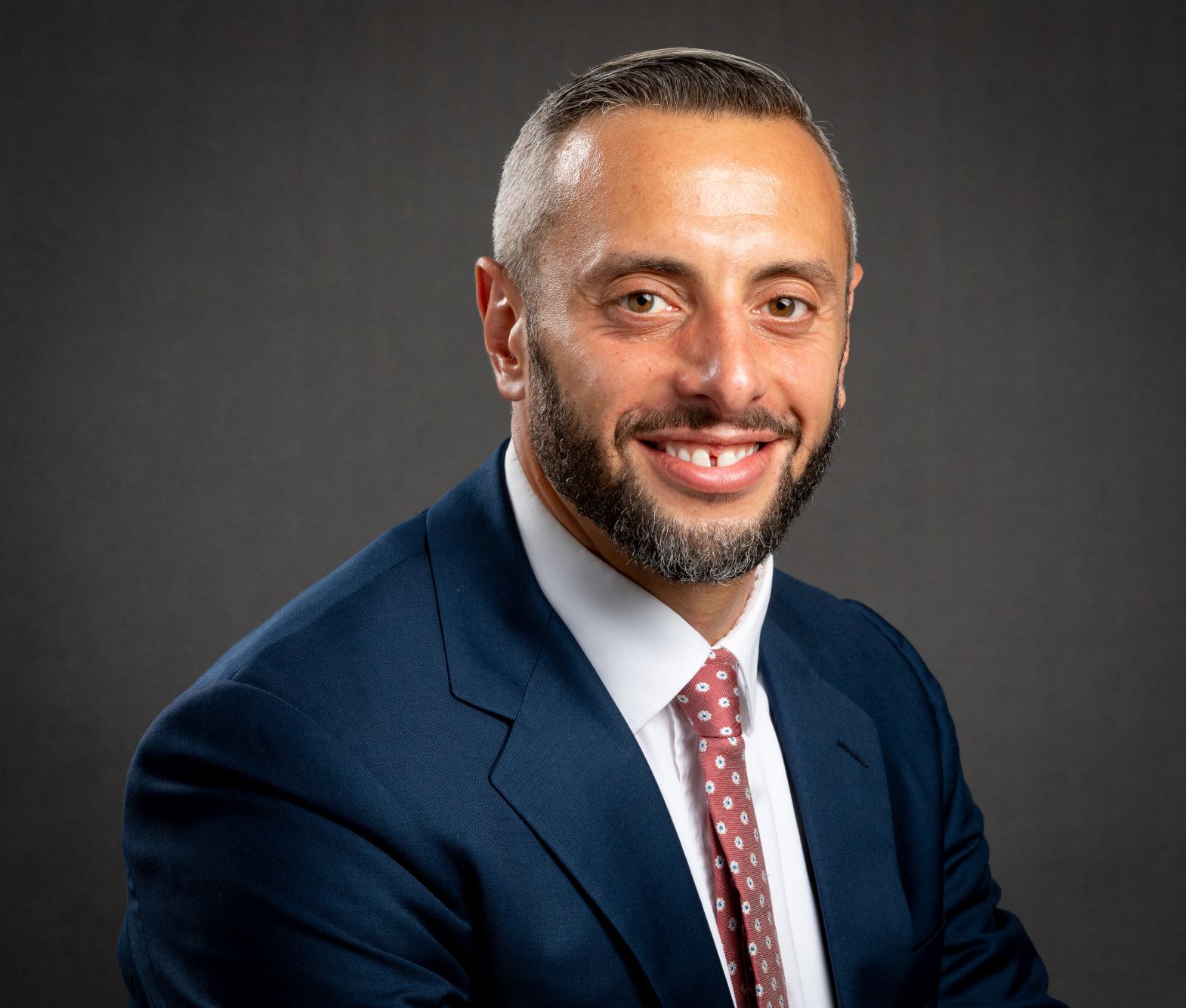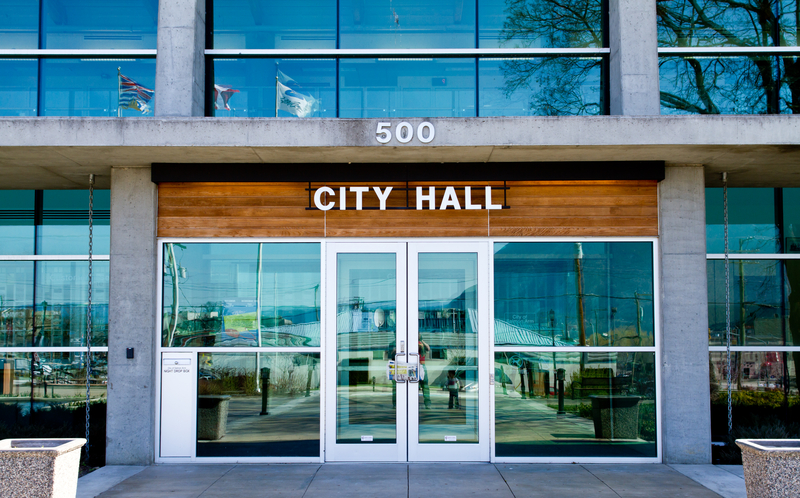Ride-share spending to hit almost US$1 trillion by 2026
Ride-share spending by consumers globally will exceed US$937 billion by 2026 – comparable to 50 times the combined annual revenue of Transport for London, New York City’s Metropolitan Transportation Authority, and Beijing Metro in 2021 – according to a new study by Juniper Research. The figures from Ride Sharing: Value Chain Analysis, Market Size & Forecasts 2012-2026 forecast a 537 percent growth over the next five years, up from US$147 billion in 2021, but also reveal a low uptake of shared ‘carpool’ trips – which are only expected to make up 13 percent of all journeys over the same period. The research identified consumers in the US and China as leading the global spend on ride-sharing services, accounting for 65 percent of market value in 2026. It also highlighted the need for future government initiatives to reduce private vehicle usage in cities, and the role public transport can have in multimodal journeys.
How US cities are spending their ARPA funds
A new tool which highlights how American Rescue Plan Act (ARPA) funds are being used by local authorities has been released by non-profit organisation Results for America and policy research firm Mathematica. Priorities include COVID-19 response, public health, economic recovery and revenue replacement. Based on an analysis of Recovery Plan Performance Reports from 150 cities, counties, and tribal nations across the US, the ARP Data and Evidence Dashboard provides a snapshot of how local governments are investing allocated funds, and assesses how they are using data, tracking outcomes, engaging with the public, and ensuring an equitable recovery for their residents. “The dashboard spotlights how innovative local leaders are seizing this historic opportunity and using evidence and data to accelerate economic mobility and racial equity,” said Michele Jolin, CEO and Co-Founder of Results for America.
More cities make space for resident engagement
The pandemic has accelerated the rollout of digital services but a growing number of cities are also seeing the importance of physical spaces where residents, planners and technologists can meet and collaborate. Tallinn in Estonia has announced a new hub in the city centre which will use digital twins and virtual reality (VR) to foster more input on urban development, transport planning and greenery. The facility, which will be in the building next to City Hall, is part of Tallinn’s Green Capital programme and an outcome of the Green Twins pilot, a collaborative project with the City of Helsinki. “We already have digital twins of Tallinn and – as the first country in the world – even of the whole state of Estonia. The processes of urban development and construction in our country are increasingly developed with the help of digital tools – but with real participation. The Hub offers great potential here,” szid Fabian Dembski, Tallinn University of Technology (TalTech); Kaidi Põldoja, Architect and Urban Planner at Tallinn Strategic Management Office; and Mai Andresson, Green Twins Project Manager in Tallinn.
On the move
 Boston Mayor Michelle Wu has appointed the city’s former Chief Information Officer, Jascha Franklin-Hodge to oversee collaboration between the city’s Public Works and Transportation Departments. As Chief of Streets, Franklin-Hodge will be responsible for the implementation of key transport policy goals, including free-fares on MBTA bus routes, safer street design in every neighbourhood, and a connected network of low-stress bicycle routes.
Boston Mayor Michelle Wu has appointed the city’s former Chief Information Officer, Jascha Franklin-Hodge to oversee collaboration between the city’s Public Works and Transportation Departments. As Chief of Streets, Franklin-Hodge will be responsible for the implementation of key transport policy goals, including free-fares on MBTA bus routes, safer street design in every neighbourhood, and a connected network of low-stress bicycle routes.
What we’re reading
Is There Such a Thing as the Best Word Count for SEO?
How To Find SEO and Keyword Ranking Success on Google in 2022
Smart city projects to look out for in 2022

